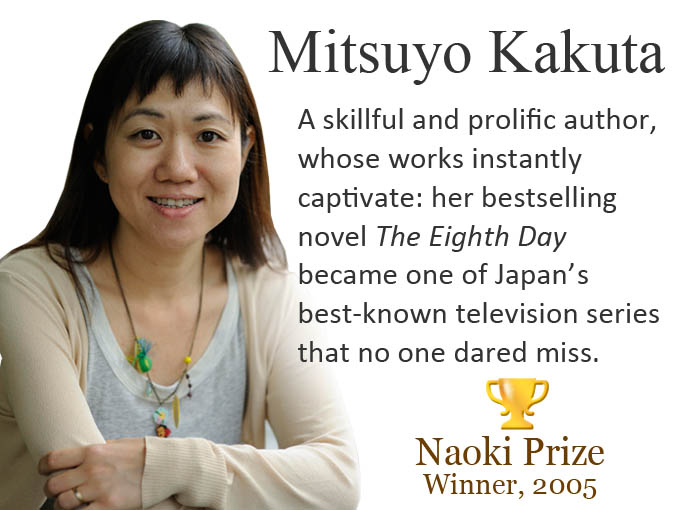- Industry
Japanese libraries still major book buyers[UPDATED: 2-12-2018]
Despite falling budgets as in most countries, Japanese libraries are still major book buyers, but their purchasing now represents less than 2% of publisher sales. Nevertheless, libraries have been cleverly expanding their lending schemes using the Internet to highlight book availability and increase book borrowing rates.
They have been criticized by authors and publishers for being too focused on bestselling and high profile titles and not collection management.
Japanese public libraries are visited around 300 million times each year and 715 million books are lent out. The lending ratio is 5.8 books per visitor which compares to 5.7 books bought per annum by book buyers in Japan.
The first public library in Japan was founded in 1872 and the Japan Library Association was established in 1892. Every Japanese city with a population of more than 50,000 has a public library.
Currently, there are more than 3,000 public libraries across Japan, just over 20% the number of Japanese bookstores.
They have been criticized by authors and publishers for being too focused on bestselling and high profile titles and not collection management.
Japanese public libraries are visited around 300 million times each year and 715 million books are lent out. The lending ratio is 5.8 books per visitor which compares to 5.7 books bought per annum by book buyers in Japan.
The first public library in Japan was founded in 1872 and the Japan Library Association was established in 1892. Every Japanese city with a population of more than 50,000 has a public library.
Currently, there are more than 3,000 public libraries across Japan, just over 20% the number of Japanese bookstores.

